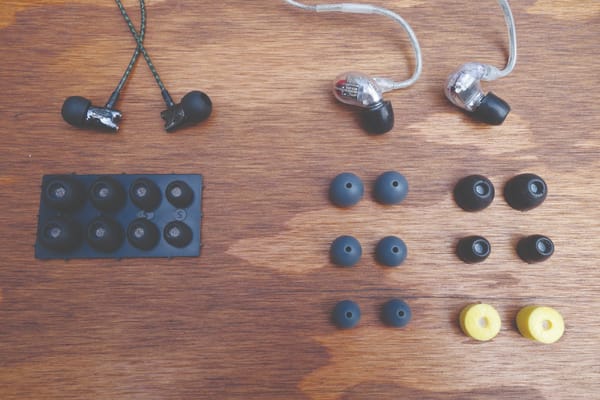Sweat analysis – a new direction for wearables
A wearable microfluidic sweat analytics device has progressed from the lab to use in numerous organisations.

Northwestern University professor John A. Rogers last Friday published, along with other scientists, his research on a wearable microfluidics sweat analytics device in the journal Science Advances. He is now collaborating with many partners such as Gatorade, the Seattle Mariners, and the U.S. Air Force to further develop, test and bring the device into wider distribution.
The device was initially introduced in 2016 and, as the name suggests, it analyses sweat and its biomarkers produced from eccrine sweat glands with high accuracy and in real time. Information about hydration levels is communicated to the user with a simple visual read-out – nothing fancy. The device is soft and flexible and it sits on the skin. It is a little larger than a quarter coin and is roughly around the same thickness as well. Earlier designs included measurements of chloride loss, glucose, lactate, and pH levels in sweat.
Over the past year and a half, newer designs also measure concentrations of heavy metals such as lead and arsenic, along with urea and creatinine levels.
“The sweat analyser is soft and flexible, and it sits straight on the skin”
This device allows people to monitor their sweat rate and electrolyte loss so that they can keep hydrated and replenish their electrolytes when needed. It also provides real-time information on how their sweat chemistry changes during the day or when doing a set of exercises. “Now we have devices that fill sequentially in time. This is important because variations in sweat biomarkers give a sense of fatigue level as you’re exercising. We didn’t have that capability previously,” said Rogers.
The target consumers are widespread. Not only can it be used on a daily basis to monitor hydration, it can also be used by athletes and military personnel as the information provided will be detailed enough to suit their needs. If a person is using the device while working out, however, this doesn’t mean that they have to pause their workout to comprehend the information collected by the device. This is because sweat travels through the microscopic channels within the device and into different compartments. In those compartments there are chemical reagents that react with the sweat to produce visible colour changes. Those colour changes relate to concentration of different substances like chloride or electrolytes.
“Most people want to know if they are losing a lot of chloride, a little bit or almost none,” Rogers said. “They can just eyeball the device and determine if their electrolyte levels are high, medium, or low.”
“These devices can measure the user’s sweat underwater”
A unique aspect of these devices is that they can measure the user’s sweat underwater, for instance during aquatic sports. This is achieved by using new adhesive materials and microfluidic designs that have water-tight seals. This ensures that only sweat, and not water surrounding the person, enters the microfluidic channels. The sweat analytics system is now routinely used by the swim team in Northwestern University as it allows the coach and the swimmers to be better informed on levels of dehydration during a practice session.
Jarod Schroeder, head coach of Northwestern’s men’s swimming team said: “Skin-mounted microfluidic devices from the Rogers group allow us, for the first time, to determine sweat and electrolyte loss continuously, as it occurs in the pool during swimming, without any adverse impact on our athletes... The remarkably high levels of sweat loss that occur in the pool demands careful scheduling for rehydration.”
“Contained are reagents that react with sweat to produce color changes”
One drawback of this sweat analytics system is that the information is provided through colour changes that the research team claims qualitatively relates to concentrations of different substances. This raises the question of whether the colours can be clearly distinguished by people who have a certain type of colour blindness, for instance red-green colour blindness.
Other drawbacks are that the device can only be used once for a few hours so the device isn’t ideal for activities that take up a lot of time. A person who uses it regularly would have to keep buying these systems as they use it up.
Despite these disadvantages, Epicore Biosystems, a start-up founded by Rogers’ group through Northwestern’s Innovation and New Ventures Office, has established large volume manufacturing technologies for these microfluidic systems. In the future, along with making it low-cost, the company plans to co-package the systems with products in related lines, for instance nutrition, skin health, cosmetics and sports hydration products. The company is also planning on making them usable in clinics and rehabilitation centers.









